#eupleridae
Text

Fossa (Cryptoprocta ferox), family Eupleridae, endemic to most of Madagascar (but not found in the central part of the island).
photograph by Patrick van Bakkum (@patrickvb75)
155 notes
·
View notes
Text

A fanaloka, or Malagasy civet (Fossa fossana) in Ranomafana National Park, Madagascar
by Sean Crane
#fanaloka#malagasy civet#euplerids#fossa fossana#fossa#eupleridae#carnivora#mammalia#chordata#wildlife: madagascar#wildlife: africa
242 notes
·
View notes
Photo

Ring-tailed vontsira (Galidia elegans) in Madagascar
Chien C. Lee
484 notes
·
View notes
Text
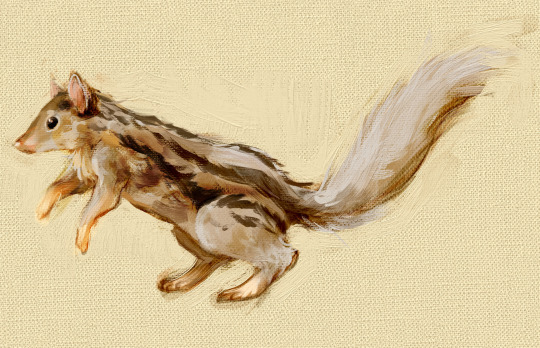
Grandidier's Mongoose.
Mongooses...mongeese? I think they are cute. It's the voraciousness that makes me fear them.
55 notes
·
View notes
Text
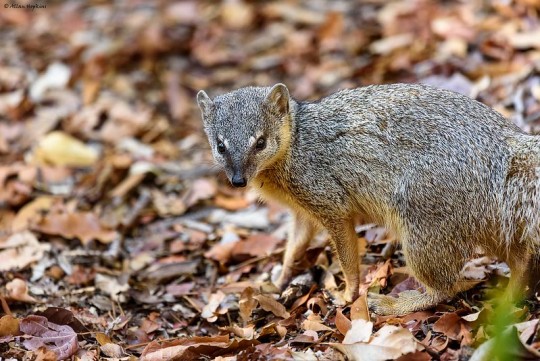
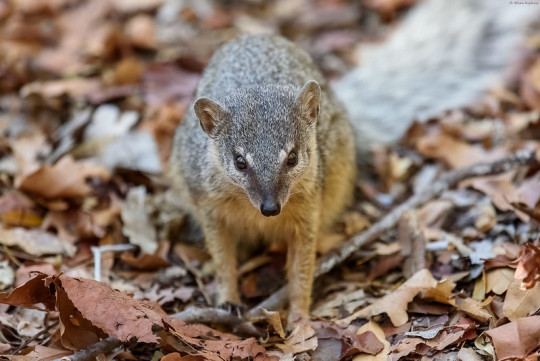
Bokiboky (Mungotictis decemlineata)
Kirindy Private Reserve, Morondava, Madagascar
Photos [1, 2] © Allan Hopkins
1K notes
·
View notes
Note
👊🥚👊
(Knuckle tats that read "THE EGG"

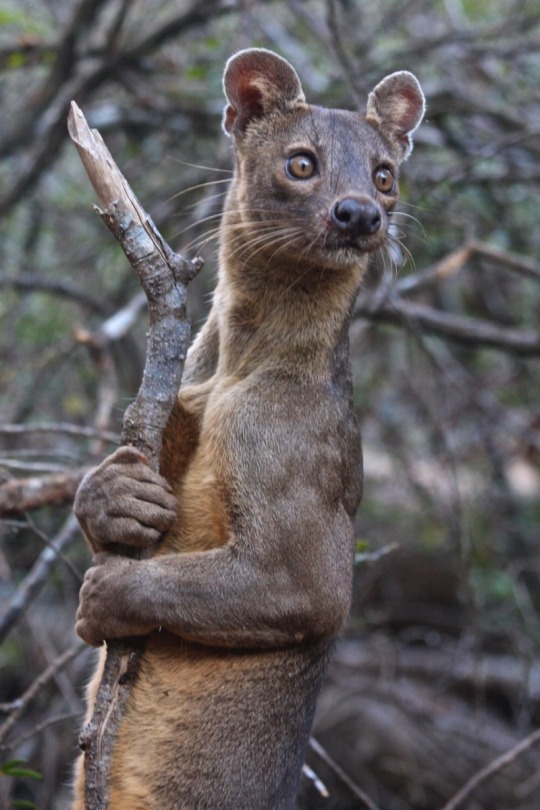
fossa!
(Cryptoprocta ferox)
99 notes
·
View notes
Text

2 notes
·
View notes
Text

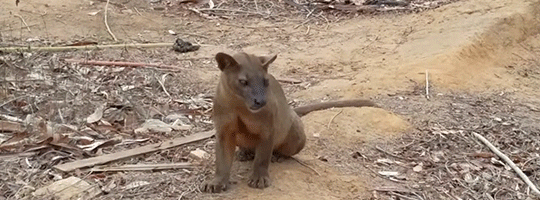
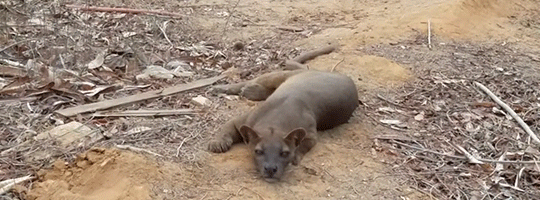

One of many species endemic to Madagascar is the fossa. It resembles many animals, but taxonomically it's part of a unique group of carnivores called Eupleridae which is thought to have evolved from a single species that arrived on the island from Africa as long as 18 million years ago.
©
829 notes
·
View notes
Text

Fossa is a slender, long-tailed, cat-like mammal that is endemic to Madagascar. It is a member of Eupleridae, the family of carnivorans, and closely related to the Malagasy civet.
198 notes
·
View notes
Text
🐾 Daily Animal 🐾
The animal of the day is...
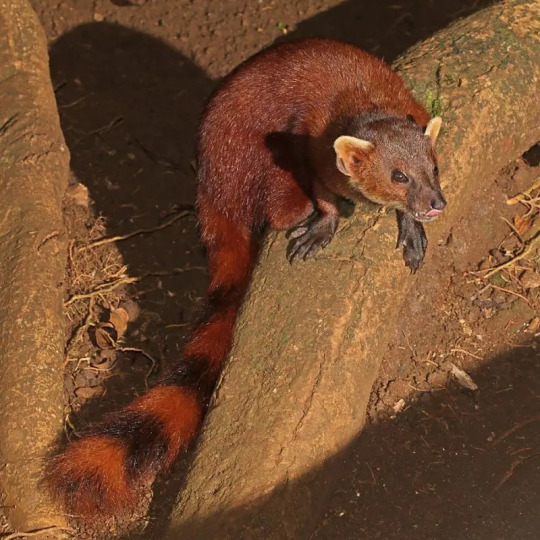
Ring Tailed Vontsira/ Ring Tailed Mongoose!
The ring tailed mongoose is a part of the eupleridae family, and galidia genus, with their specific species being known as the Galidia elegans- which fits them quite well as it translates to 'elegant young weasel'.
They have long slender bodies, with a rounded head and pointed snout. Their fur is dark red, they have black feet, and their tails have black and red bands similar to the red panda- and also give them their name.
These mongoose are found in Madagascar, living in both humid montane forest, and dry deciduous forest to the west.
They are diurnal, meaning they sleep at night, typically in tree cavities or burrows that they dig themselves.
They are very agile, good climbers and adapt swimmers. They can be quite playful, and social- usually they're found in pairs with up to three offspring.
Scent marking is a very important part of their communication.
Ring tailed mongoose are carnivores, with their diets consisting mainly of small mammals, invertebrates, fish, reptiles, and eggs- though they will occasionally eat insects and fruit.
Their population in the wild is unknown, however it is known that their number is decreasing due to habitat loss, hunting, and competition with other animals such as civets, dogs and cats.
However they are considered Least Concern on the IUCN Red List.
#animals#animal#animal info#ring tailed mongoose#ring tailed vontsira#animal facts#wildlife#wild animals#mammals#galidia elegans#max-talks-animals
8 notes
·
View notes
Text
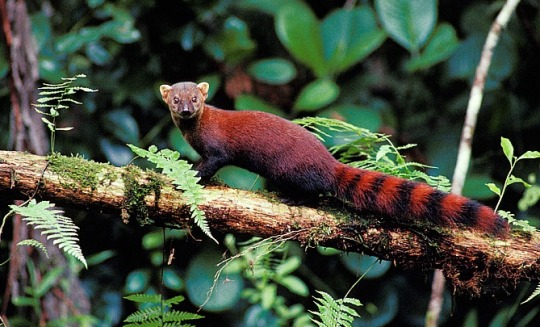
Ring-tailed Mongoose (Galidia elegans), family Eupleridae, Ranomafana, Madagascar
photograph by Konrad Wothe
718 notes
·
View notes
Text
In furry ibvs Felix would not be a wolf. Or ANYTHING remotely cool. He is a hedgehog. AND. not a sonic one. Realistic.
While I’m here take the rest
Isaac - cocker spaniel
Ed - Tasmanian devil
Chris - bleeding heart dove OR barn owl
Dez - painted dog
Drew - elk or lamb
Nev - raven or maybe butcher bird
Barry - Russian blue
Louis - Eupleridae
I WILL MAKE MORE
8 notes
·
View notes
Text
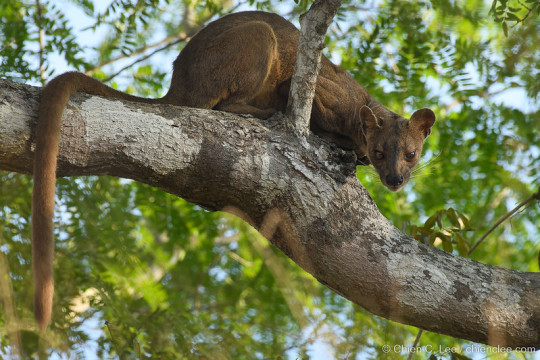
A female fossa (Cryptoprocta ferox) waits for a suitor male in a tree in Kirindy Reserve, Madagascar
by Chien Lee
#fossa#euplerids#cryptoprocta ferox#cryptoprocta#eupleridae#carnivora#mammalia#chordata#wildlife: madagascar#wildlife: africa
193 notes
·
View notes
Note
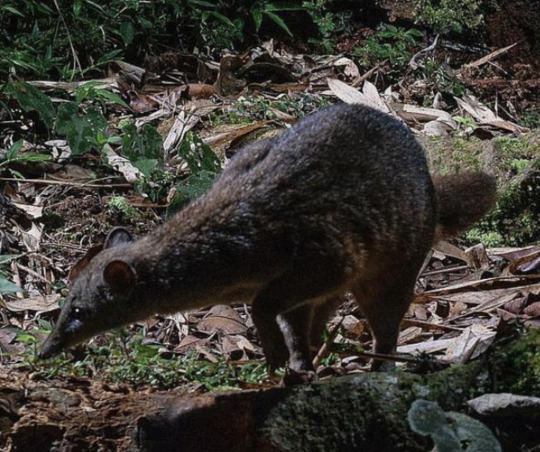


Eastern Falanouc
Eupleres goudotii
Eupleres, eupleridae, feliformia
They live in Madagascar and store fat in their tails.
There’s only two animals in it’s genus. This guy, and the western falanouc:


Oh my goodness what a silly guy I wish I could store fat in my tail :(
Is he earpting a giant worm my goodness he slurpin ramen noodle just like me fr
#me n this guy nosing leaf litter in the dead of night sloprin up night crawlers#jackson’s creadures#barks
12 notes
·
View notes
Text
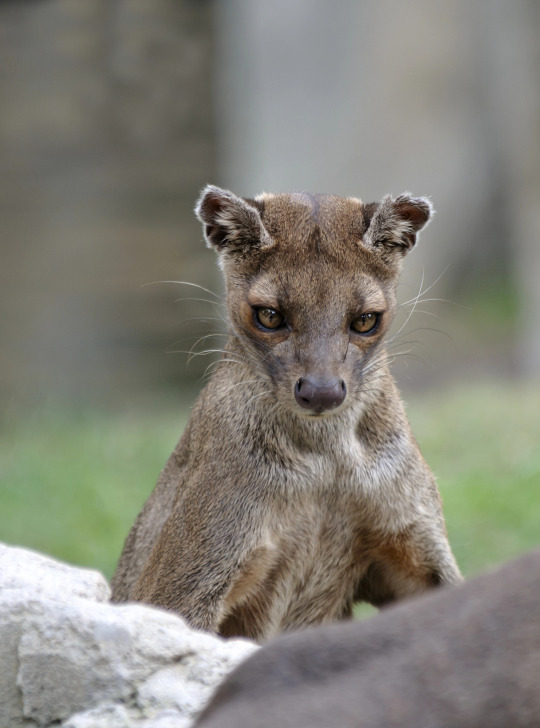
LE FOSSA DE MADAGASCAR
Ce carnivore fascinant est un représentant unique de la faune malgache, appartenant à la famille des Eupleridae, qui est une famille endémique de Madagascar. Le fossa est une créature énigmatique, à la fois agile et puissante, qui occupe le sommet de la chaîne alimentaire de Madagascar.
Doté d'un corps long et élancé, d'un pelage court de couleur brun rougeâtre et d'une queue presque aussi longue que son corps, le fossa ressemble à un croisement entre un chat et un chien. Ses membres robustes et ses griffes acérées en font un prédateur redoutable dans les forêts tropicales de Madagascar, où il chasse une grande variété de proies, y compris les lémuriens, les oiseaux, les reptiles et même les petits mammifères.
Le fossa est un chasseur solitaire et nocturne, se déplaçant avec agilité à travers la canopée dense des forêts à la recherche de ses proies. Grâce à ses sens aiguisés et à sa grande mobilité, il est capable de traquer ses cibles avec une précision remarquable, utilisant souvent des stratégies de chasse complexes pour attraper sa proie.
Malgré sa taille et sa puissance, le fossa est une espèce menacée, principalement en raison de la perte d'habitat due à la déforestation et à la fragmentation de son habitat naturel. De plus, la persécution directe par les humains en raison de leur réputation de prédateurs de bétail a également contribué à leur déclin. Les efforts de conservation sont essentiels pour protéger le fossa et assurer sa survie à long terme.
En tant que prédateur emblématique de Madagascar, le fossa joue un rôle crucial dans l'écosystème de l'île en régulant les populations de proies et en maintenant l'équilibre de la chaîne alimentaire. Sa présence rappelle la richesse et la diversité de la faune malgache, tout en soulignant l'importance de préserver les habitats naturels uniques de l'île pour les générations futures. https://presentslointains-madagascar.com/pages/le-fossa-de-madagascar
https://presentslointains-madagascar.com/pages/le-fossa-de-madagascar
2 notes
·
View notes
Text
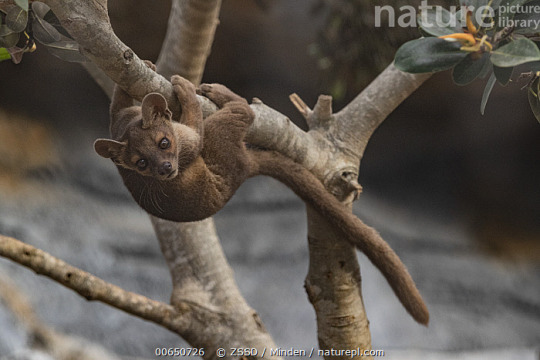
Fossa (Cryptoprocta ferox) pup hanging from branch
© ZSSD / Minden / naturepl.com
116 notes
·
View notes